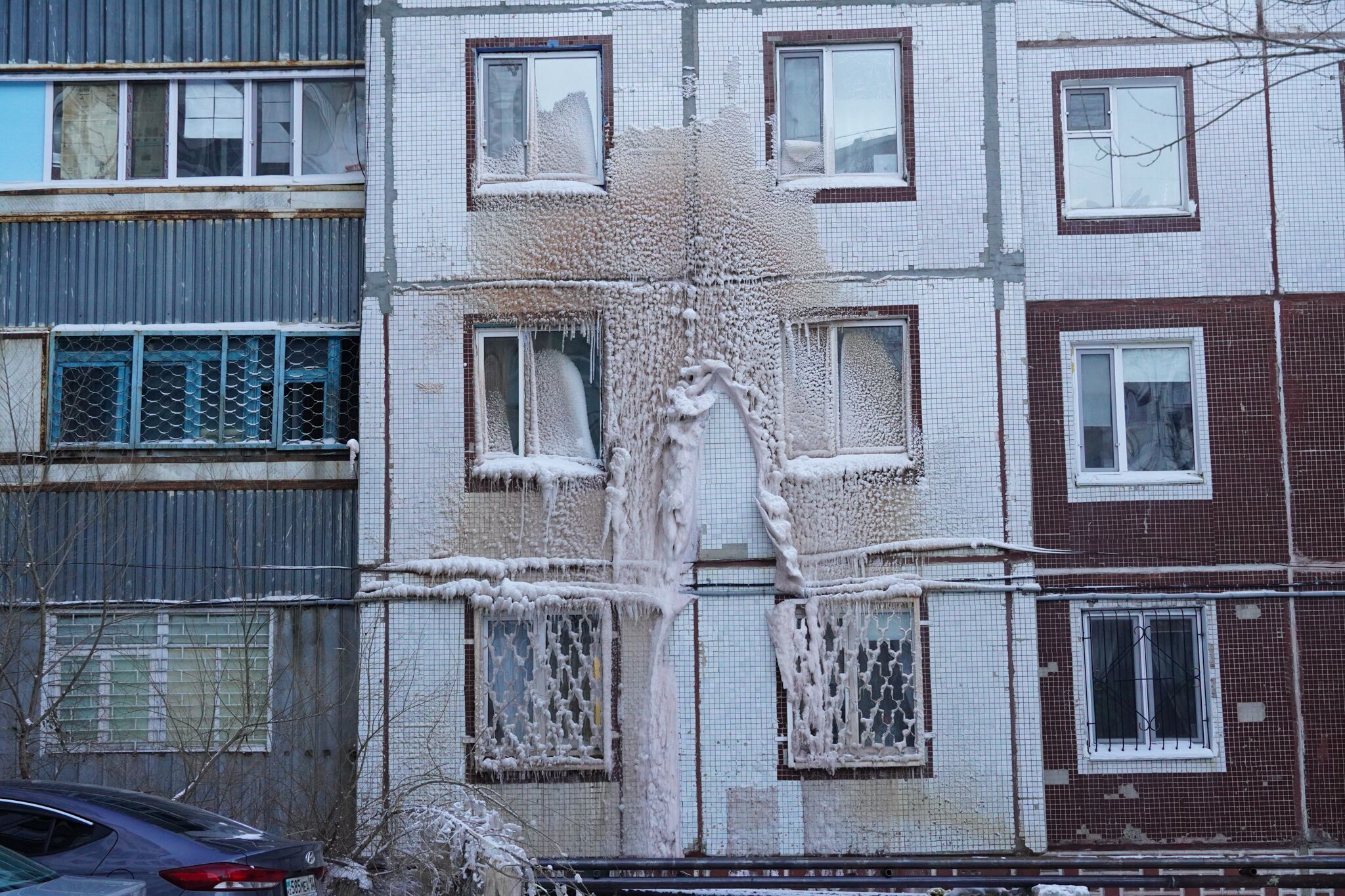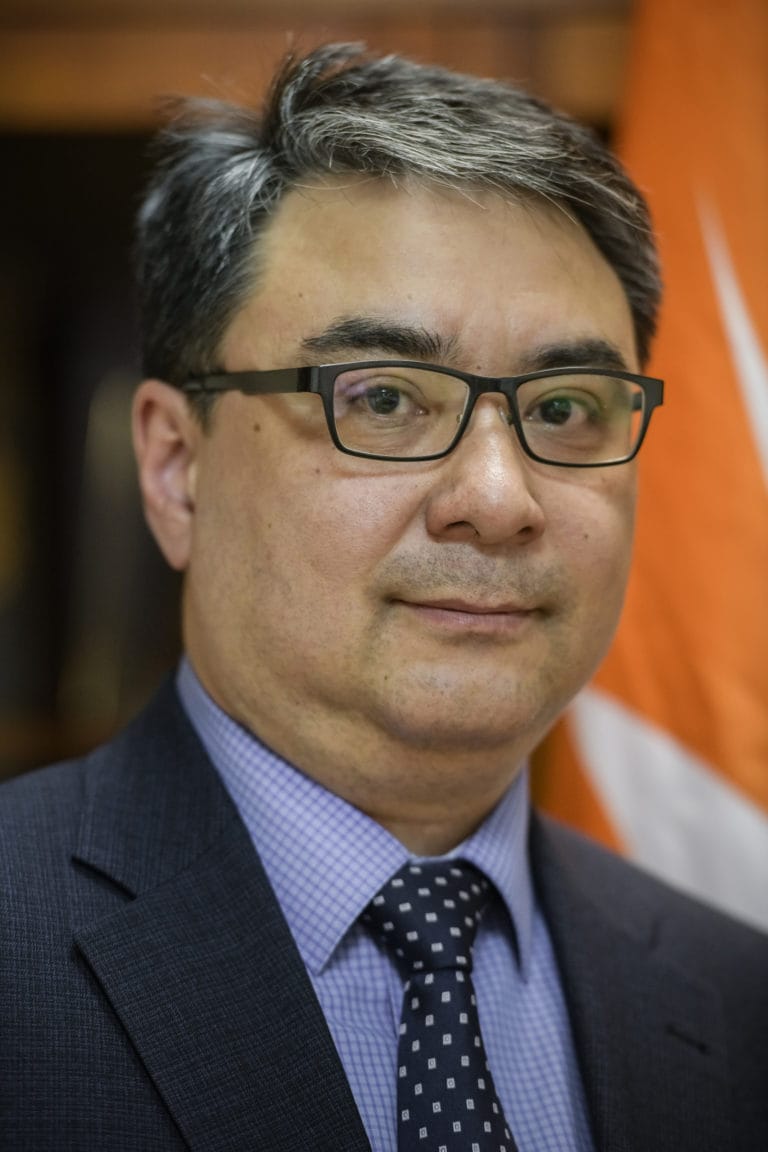A shocking forecast made for Kazakhstan back in 2018 has come true: the country has entered the phase of man-made disasters because of the wear of public utilities. CABAR.asia together with the honoured power engineer of the Republic of Kazakhstan and author of the Telegram channel “Haırýshev energy”, Zhakyp Hairushev, are figuring out why disasters have become possible and how the country should recover from the crisis.
One emergency after another
In 2018, the head of consulting company, CSI, Olzhas Khudaibergenov, made a range of shocking forecasts (shocking here means unlikely events). The list contained a warning that the country could enter the phase of man-made disasters because of the critical wear of the utility infrastructure.
The unlikely scenario has come true eventually. In autumn 2022, when heating was supplied, the country had a range of major accidents, some of which left residents of several towns without heat during peak cold temperatures.
In early November, the accident happened at the TPP in the town of Ridder, East Kazakhstan region, which left houses without heat. The authorities had to declare the state of emergency.
In late November, the heat supply system failed in the town of Ekibastuz, Pavlodar region. On November 27, when it was 30 degrees Celsius below zero outside, 43 damages occurred to the heat supply system, and on November 28, repair teams found 30 more leaky places. This number of leaks in pipes led to great losses of water and heat and, consequently, to the automatic shutdown of boilers in the local TPP. Virtually, entire Ekibastuz, praising power engineers, was left without heat. The emergency regime was declared here.

In early February, in the town of Rudny, Kostanai region, accidents on heat supply and water supply networks became frequent. Town authorities preferred to act in advance: not waiting for heat loss in buildings, the akimat declared the state of emergency on February 6 until the end of the heating season.
Alarming colours
In December 2022, the authorities of the republic decided to revise power facilities of Kazakhstan.
The ministry of energy did not hide the deplorable state of the sector: the average age of TPPs in Kazakhstan is 61 years. Nearly 76 per cent of them have functioned for over 50 years. The average wear and tear of the basic equipment is 66 per cent. But there are some TPPs, where the wear and tear of equipment exceeds the average indicator significantly. The Uralsk, Stepnogorsk, Taraz, Kyzylorda and Kentau TPPs have exhausted their resource by 80 per cent.
To have a clear picture of the scope of the disaster, the special commission divided 37 TPPs in Kazakhstan into risk zones: red, yellow and green ones. Four criteria have been taken into account: the wear and tear of equipment, the number of disturbances, lifespan and shortage of staff due to low salaries.
At the end of last year, minister of energy of the Republic of Kazakhstan, Bolat Akchulakov, said that in order to repair 19 TPPs in the “red” zone, they needed 182 billion tenge (404 million dollars). However, only 93 billion tenge (207 million dollars) have been allocated for the repair of power generation companies. According to the minister, revenue from the sales of electricity and heat at approved rates fail to cover full repairs now. Therefore, 12 TPPs that are in the communal and quasi-state ownership will be repaired at the cost of the state, while 22 private TPPs will be repaired at the cost of their owners.In other words, it is already impossible to save the situation at a lower cost. Zhakyp Khairushev, the honoured power engineer of the Republic of Kazakhstan and author of the Telegram channel “Haırýshev energy”, explained if it was possible to prevent a series of accidents and what should be done by the state now.
Unplanned

– Heating season crises could not emerge from nowhere. Would you tell when it became clear that the power energy infrastructure of Kazakhstan can no longer cope with it?
– In 2008-2009, it was clear that the equipment starts to wear out, and something needs to be done about it. Moreover, population grow and economy required more energy. To resolve the problem, the programme “Tariff in exchange for investment” was adopted (marginal tariffs were set for power providers, which included investments for 2009-2015 - Editor).
- The programme caused doubt in terms of its efficiency…
- …and it was wrong because at that time many facilities were either modernised or upgraded to enable more gigawatt capacity. And successes made them feel dizzy. We’ve decided that what we have done would be enough for decades to follow. But the world faced global changes in the field of decarbonisation, new technologies appeared, and we were stuck in the last century, at the level of the 70-80s.
- Do you mean there was no planning in the power sector of Kazakhstan?
- By that time, Kazakhstan had no design, research institutes that could forecast, build mathematical models of power industry development – based on decarbonisation, aging, service life of power plants, transmission lines, etc. Therefore, we used what we had. We felt somewhat self-complacent: everything was fine, the power industry growth at 1.5-2 per cent per annum would be enough. After 2015, we had this growth for some time.
- What happened next?
- Unforeseeable circumstances emerged and we were not prepared for them – the world crisis related to COVID-19, ‘black swans’ in the form of mining. As you know, after bitcoin mining was prohibited in China, miners from there moved to our place in 2020. Kazakhstan became the world’s second cryptocurrency mining place. But this kind of activity requires huge power resources, which ‘overloaded’ the power grid of Kazakhstan.
Who’s to blame?
- It means that the reason for the current collapse was in force majeure circumstances like the overloading of the power system because of miners?
- Not only this. There was some neglect to the industry: as if it would stay there always, it would provide as much energy as needed within the tariffs, investment programmes approved by the state bodies. But time has shown that investment programmes or tariffs should be taken not in terms of politics, but in terms of economy. And the ministry of energy should have provided the infographics of the condition of power plants earlier. If they had marked ‘red sections’ back then and paid due attention to them, we would have avoided the crisis today.
- So is it the fault of the ministry of energy that they allowed to bring the power sector to its knees?
- Partly, yes. Look, even with the power sector growing at a faster pace, we need to stick to the simple formula. If we forecast that by the given year we will have GDP growth at 3-4 per cent, the energy sector must develop at the rate of 7 per cent, i.e. it should be more dynamic by 2-4 per cent than GDP. There always must be some reserve and this reserve must be paid by someone. But we did not have relevant tariffs (they were not increased not to exacerbate the social situation in the country – Editor), and only in 2019, which is too late, we introduced the capacity market as an alternative to the energy market. But it was curtailed. We did not have enough money to introduce new capacities, and we could only maintain the obsolete equipment.
- Do you think that the state wanted to have it both ways – to attract investors and not to cause anger of consumers?
- Yes, and it has led to deplorable consequences. But maybe there was no other way out. They provided a tariff to a private entrepreneur and said, ‘Work.’ The budget of the region or the republic could not invest billions of tenge for upgrading. The tariff was regulated by the state, while the investor did not hurry to invest their money. Today the government has no choice but tariff regulation. They are in two minds now: whether to take all private assets into public ownership and then to invest trillions of tenge from the state budget? Or to attract investors without negotiating terms? In other words, when selling the power plant, they should specify that the investor “must invest that many billions of tenge to the capital equipment within five years” etc. However, we do not know what bonuses the state will offer to the investor. But there can be investors who will like these conditions. For example, Mr. Danial Akhmetov, akim (head) of East Kazakhstan region, has already found the investor for the thermal power plant.
Trillions from consumers’ pockets?
- How much, do you think, it would cost to fix up the whole power complex of Kazakhstan – thermal power plants and heat networks?
- In average, one megawatt of power always cost 1 million dollars here. That is if we build the power plant with 1-megawatt capacity, it is 1 million dollars. If we lay 1 kilometre of power line or 1 kilometre of heat network, we spend 1 million dollars for each. And now calculate: we have 37 active thermal power plants. In average, the investment programme for each of TPPs is 5 billion tenge (11.1 million dollars) It amounts to about 185 billion tenge (411.6 million dollars) per annum for all 37 TPPs. 12 thousand kilometres of heat networks that cost 1 million dollars per 1 kilometre amount to 4.8 trillion tenge (10.7 billion dollars) for five years, or 960 billion tenge (2.1 billion dollars) per year. So, in total 1.2 trillion tenge (2.6 billion dollars) per annum for heat network assets only. And we have power network assets, too. The ministry of industry divided fixing of heat networks into three stages, each lasting 10 years, and it costs nearly 4-5 trillion tenge (8.9-11.1 billion dollars).
- And where these huge amounts can be taken from?
- The tariffs must be increased. It is inevitable. If we did it ten years ago, we would not need to spend so much money today. The increase would have been smoother and less painful for the population.
- How many years will it take for the power system to get out of the crisis?
- Three-four years. After the technological audit of all assets, we need to have a long-term plan of sector development with the clear calculation of growth based on GDP, total population, inflation rate, etc. Today KEGOC, being the national operator of power grids, makes forecasts for short term only – one year ahead. But we won’t get anywhere without the long-term plan. The national chamber of entrepreneurs “Atameken” and businessmen from the power sector have developed offers on power sector development and provided them to the prime minister. They include ten points, including preferential financing, capacity market works, environmental issues, training of staff, etc. They are very extensive and we understand that they cannot be solved at once because they have not been solved in 30 years. But we have to start now so that we don’t have such situation as in this heating season in future.
Main photo: Vladislav Son, vlast.kz

